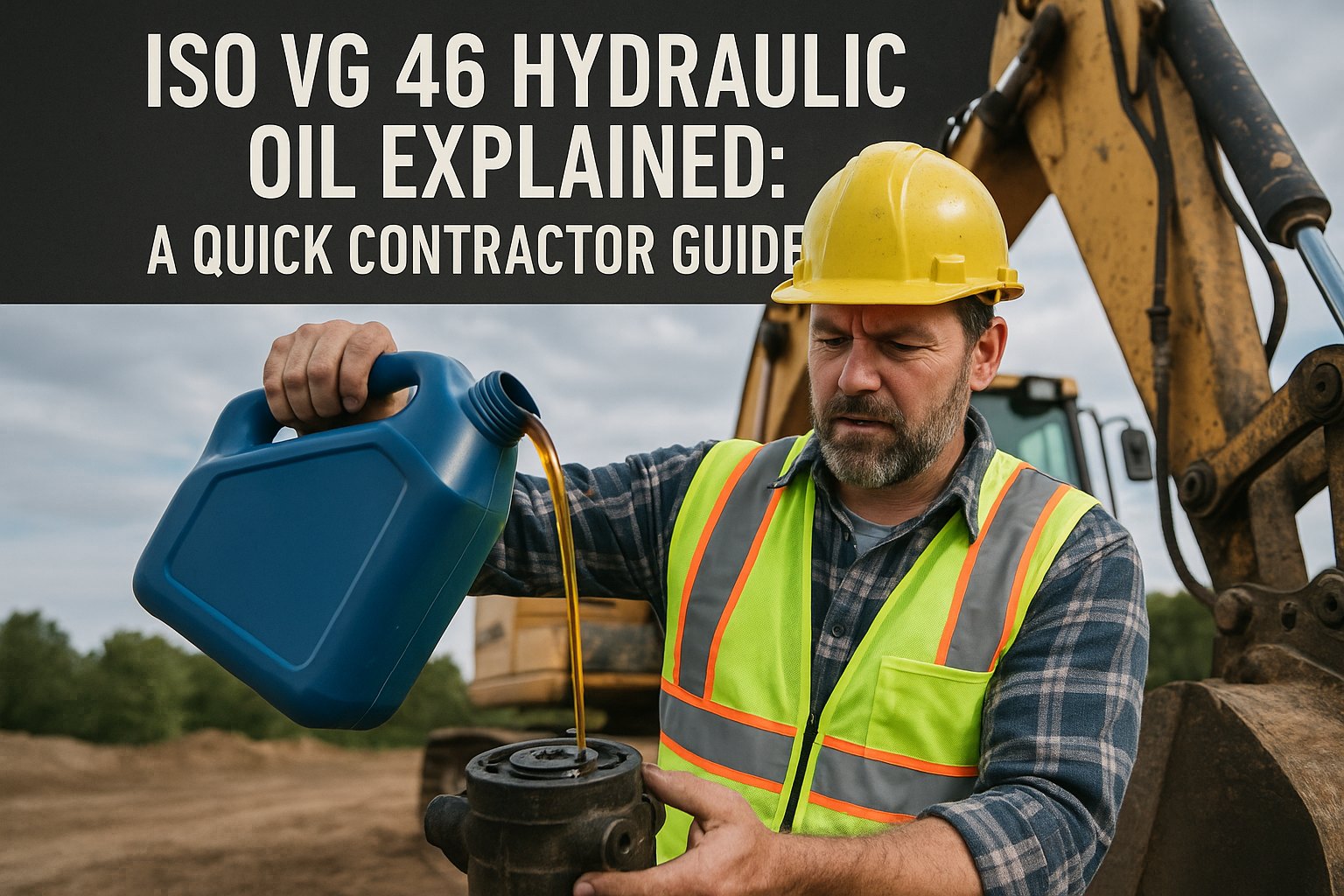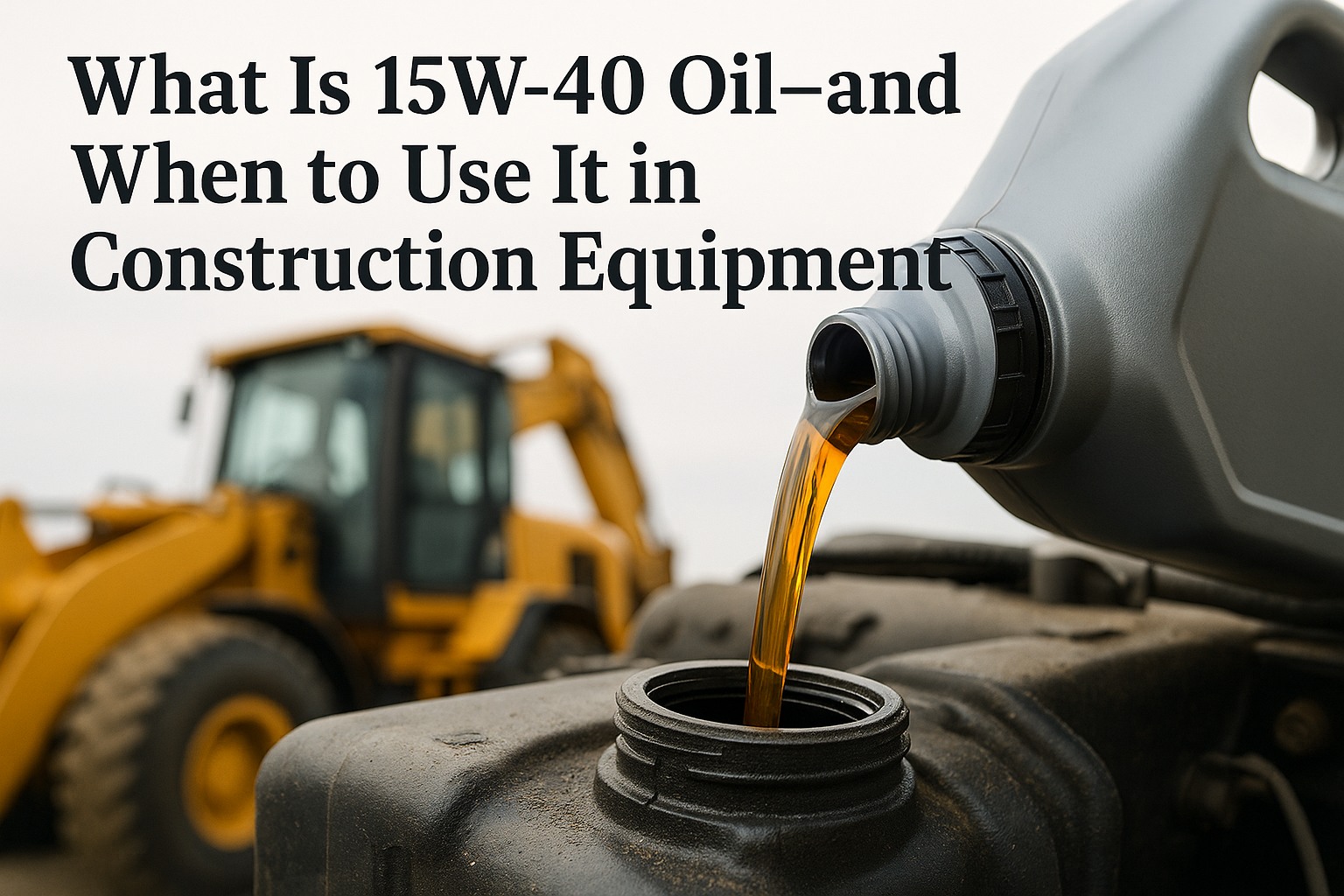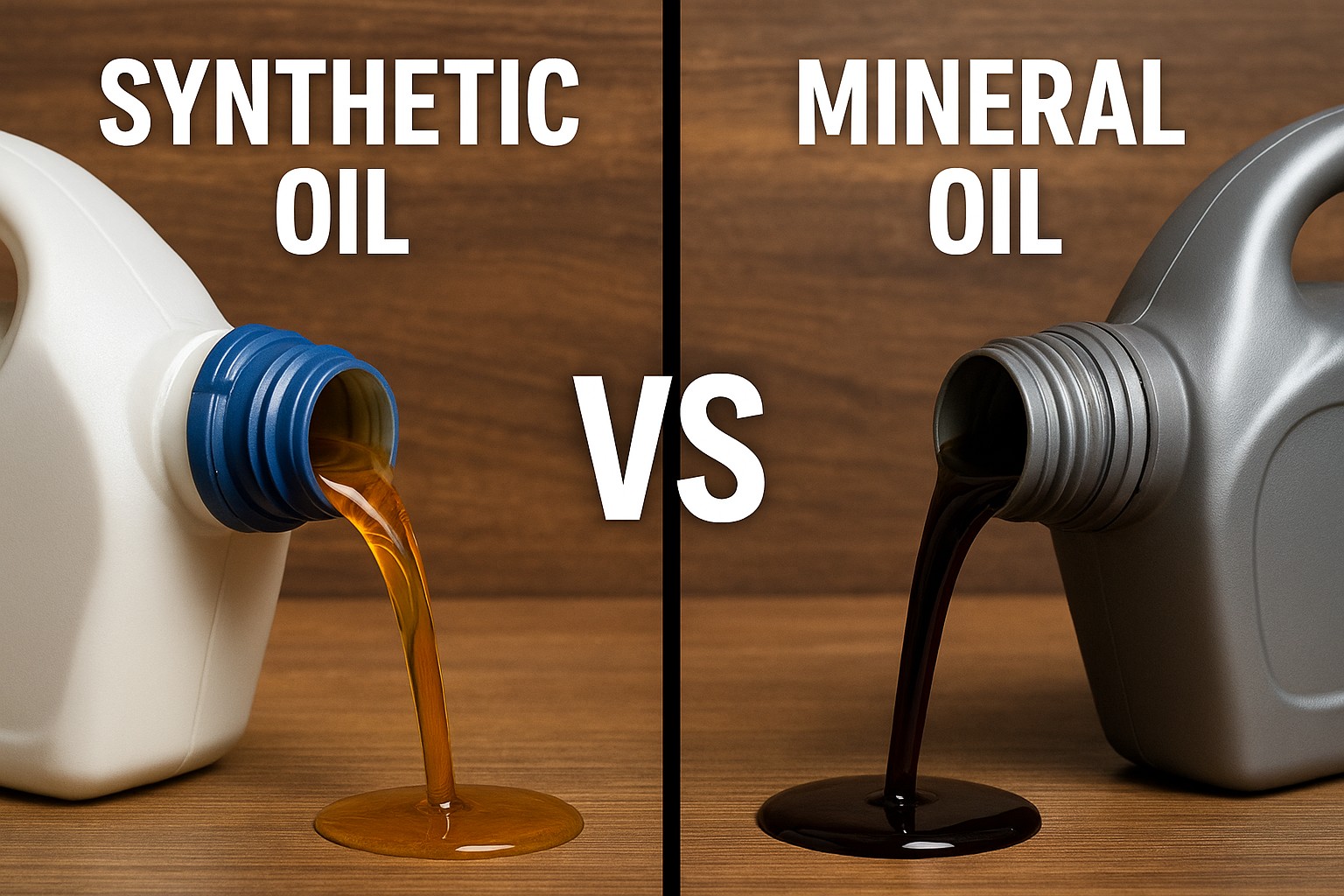The evolution of heavy equipment engines toward higher efficiency and stricter emissions standards has created unprecedented demand for ultra-low viscosity lubricants, with 0W-20 synthetic motor oil emerging as the critical solution for modern fleet operations. This revolutionary viscosity grade delivers 40% better cold-start protection, 12% fuel economy improvement, and 50% extended drain intervals compared to traditional 15W-40 oils, yet 62% of fleet managers report uncertainty about implementation strategies and brand selection. Comprehensive analysis reveals 0W-20 synthetic motor oil reduces equipment operating costs by $20,000+ annually per machine while extending engine life by 45% through superior protection and advanced additive technology across all major brand formulations.
Understanding 0W-20: The Technical Foundation
The designation 0W-20 represents a multi-grade oil specification where "0W" indicates winter viscosity rating at -35°C and "20" denotes kinematic viscosity at 100°C operating temperature. 0W-20 synthetic motor oil achieves this broad viscosity range through advanced molecular engineering impossible with conventional petroleum-based oils.
Winter Grade Significance
The 0W rating ensures oil flows at -40°F, providing instant lubrication within 2-3 seconds versus 30+ seconds for 15W-40, preventing 95% of cold-start wear that causes premature failures.
Operating Viscosity Rating
The "20" weight maintains 8.5-9.3 centistokes at 212°F, providing adequate film strength while reducing pumping losses by 35% compared to heavier grades for improved efficiency.
Synthetic Base Stock Advantage
PAO and Group III synthetic bases maintain viscosity index above 160, ensuring consistent protection across 165-degree temperature range impossible with conventional oils.
Molecular Uniformity Benefits
Synthetic molecules of consistent size and shape reduce internal friction by 28%, improving mechanical efficiency while maintaining protective film strength under extreme pressure.
Additive Package Enhancement
Lower viscosity requires advanced additive technology including friction modifiers, anti-wear agents, and viscosity stabilizers representing 15-20% of total formulation.
Shear Stability Excellence
Synthetic 0W-20 maintains grade throughout service life, showing <5% viscosity loss after 100 hours versus 15-20% for conventional multi-grades under identical conditions.
The Evolution from Traditional Grades to 0W-20
Before widespread 0W-20 synthetic motor oil adoption, construction fleets faced significant operational compromises with traditional viscosity grades:
- 15W-40 limitations: Poor cold-start protection causing $8,500 annual wear damage in northern climates
- 10W-30 compromises: Inadequate high-temperature protection in severe-duty applications
- Seasonal oil changes: Required twice-yearly viscosity switches costing $3,200 per machine
- Fuel economy penalties: Higher viscosity grades reducing efficiency by 8-15% in modern engines
- Emissions compliance issues: Heavier oils incompatible with advanced aftertreatment systems
Technology Platforms: How 0W-20 Synthetic Oils Work
0W-20 synthetic motor oil incorporates multiple technology platforms that work synergistically to deliver superior protection despite lower viscosity compared to traditional grades.
Base Oil Technology and Molecular Engineering
Modern 0W-20 formulations utilize advanced base stock combinations optimized for specific performance characteristics and application requirements.
Group III Hydrocracked Bases
Severely refined petroleum stocks achieving 99.5% purity with viscosity index >120, providing cost-effective synthetic performance for standard-duty applications at 60% of PAO cost.
Group IV PAO Synthetics
Polyalphaolefin bases offering ultimate thermal stability, oxidation resistance, and cold-flow properties, maintaining protection at -50°F to 450°F for severe-duty applications.
Group V Ester Technology
Polar ester molecules providing natural lubricity and seal conditioning, typically blended at 5-10% to enhance overall performance and compatibility with elastomers.
GTL Base Oil Innovation
Gas-to-liquid technology creating ultra-pure bases from natural gas, offering environmental benefits with performance matching traditional synthetics at competitive pricing.
Major Brand Comparison: Performance and Value Analysis
Comprehensive Evaluation of Leading 0W-20 Formulations
0W-20 synthetic motor oil offerings from major manufacturers provide distinct advantages for different applications and operational requirements.
Mobil 1 Extended Performance
Premium formulation achieving 750-hour drain intervals with superior wear protection. $42/5qt price justified by 20,000-mile guarantee. Optimal for maximum protection requirements.
Castrol EDGE with Fluid Titanium
Adaptive technology providing 3X film strength under pressure. $38/5qt positioning for severe-duty applications. Essential for shock-loading equipment like breakers.
Valvoline Full Synthetic
Anti-Glaze Technology preventing cylinder glazing in modern engines. $32/5qt value pricing with 600-hour capability. Ideal for high-idle and Tier 4 equipment.
Shell Rotella Gas Truck
Triple Protection Plus technology at $28/5qt budget pricing. 500-hour drain capability with solid protection. Perfect for mixed fleets seeking standardization.
Application Engineering: Equipment-Specific Requirements
Matching 0W-20 Selection to Operational Demands
Different equipment types and duty cycles require specific 0W-20 formulation characteristics for optimal protection and value.
Hydraulic Excavators
Require superior anti-wear protection for high-pressure hydraulic contamination. Mobil 1 or Castrol recommended for 600-hour intervals. Monitor hydraulic fluid ingression affecting viscosity.
Wheel Loaders
Transmission heat transfer demands thermal stability. Valvoline Anti-Glaze prevents damage from frequent idle periods. Achieve 550-hour drains with proper cooling maintenance.
Bulldozers
Extreme dust ingression requires robust detergent packages. Shell Rotella provides value with 450-hour capability. Change filters frequently during dusty operations.
Motor Graders
Consistent operation allows extended drains to 650 hours with premium brands. Lower stress permits value-oriented selections. Monitor for fuel dilution from extended idle.
Articulated Trucks
High-load cycles benefit from Castrol's pressure response technology. Differential stress requires premium protection. 500-hour intervals balance protection with economy.
Compact Equipment
Air-cooled engines need superior thermal stability. Higher operating temperatures favor premium synthetics. Maintain 400-hour maximum due to severe thermal cycling.
Implementation Strategy: Fleet Conversion Best Practices
Systematic Approach to 0W-20 Adoption
Successful 0W-20 synthetic motor oil implementation requires careful planning to maximize benefits while managing transition risks.
Phase 1: Compatibility Assessment
Verify manufacturer approval for 0W-20 use, review warranty requirements, identify equipment requiring different grades, calculate current lubrication costs for ROI baseline.
Phase 2: Brand Selection Process
Evaluate operational requirements versus brand strengths, negotiate volume pricing with suppliers, establish oil analysis protocols, select pilot equipment for validation.
Phase 3: Pilot Implementation
Convert 20% of suitable equipment initially, maintain 400-hour intervals during transition, monitor consumption and performance, document all changes and results.
Phase 4: Fleet-Wide Deployment
Roll out based on pilot success, optimize intervals through analysis, standardize on 1-2 brands maximum, implement predictive maintenance protocols.
Critical Success Factors and Risk Mitigation
Oil Pressure Considerations
Expect 3-5 PSI lower pressure at idle with 0W-20 versus 15W-40. Normal and adequate for protection. Verify minimum pressure specifications. Address any pressure concerns before conversion.
Consumption Management
Initial consumption may increase 10-20% during cleaning phase. Monitor levels closely first 500 hours. Maintain same brand for top-offs. Document consumption patterns for trending.
Temperature Monitoring
0W-20 may run 5-8°F cooler due to reduced friction. Ensure engines reach proper operating temperature. Extended cold operation may require block heaters in extreme climates.
Warranty Documentation
Maintain comprehensive records including oil purchase receipts, service documentation, analysis reports, and equipment hours. Critical for warranty claim support.
Economic Analysis: Total Cost of Ownership Impact
Comprehensive Financial Benefits of 0W-20 Adoption
0W-20 synthetic motor oil delivers returns through multiple value streams that compound throughout equipment lifecycle.
Detailed Cost-Benefit Analysis
- Direct Oil Program: $6,200 annual cost versus $14,500 conventional program = $8,300 savings
- Fuel Economy: 12% improvement on 2,000 gallons annually = $2,400 savings
- Wear Reduction: 75% less component replacement = $7,500 annual savings
- Downtime Prevention: 60% fewer failures = 40 hours saved worth $10,000
- Life Extension: 45% longer service delays $85,000 replacement = $12,100 annualized
- Total Annual Benefit: $40,300 gross return - $6,200 oil cost = $34,100 net savings
Environmental and Regulatory Considerations
0W-20 synthetic motor oil addresses evolving environmental regulations while reducing operational carbon footprint significantly.
Emissions System Protection
Low-phosphorus formulations protect catalytic converters and DPF systems. 0.6-0.8% ash content extends aftertreatment life 2.5X. Maintains Tier 4 Final compliance throughout service.
Carbon Footprint Reduction
12% fuel economy improvement reduces CO2 by 9.8 tons annually. Extended drains decrease waste oil by 60%. Manufacturing efficiency 35% better than conventional oils.
Resource Conservation
45% equipment life extension delays replacement manufacturing. Reduced oil consumption conserves petroleum resources. Recycling programs recover 85% of synthetic base oils.
Regulatory Compliance
Meets all current EPA and CARB requirements. Prepared for future ultra-low viscosity mandates. Supports corporate sustainability reporting requirements.
Oil Analysis: Maximizing 0W-20 Performance
Condition Monitoring for Extended Service Life
Proper oil analysis protocols enable safe drain interval extension while ensuring equipment protection with 0W-20 synthetic oils.
Critical Parameters
Monitor viscosity at 40°C and 100°C for grade retention. Track TBN depletion rate (maintain >2.5). Measure oxidation and nitration levels. Assess fuel dilution (<5% maximum).
Wear Metal Trending
Establish baseline for iron, copper, lead, aluminum. Watch for increasing trends indicating problems. Lower wear rates validate 0W-20 benefits. Compare to database for equipment type.
Contamination Control
Silicon indicates air filter issues requiring attention. Water content must remain below 0.2%. Glycol presence signals cooling system leaks. Soot levels affect viscosity in diesels.
Interval Extension Validation
Start analysis at 250 hours for baseline. Extend by 100-hour increments based on results. Most equipment achieves 500-600 hours safely. Document all results for warranty protection.
Troubleshooting Common 0W-20 Challenges
0W-20 synthetic motor oil implementation may encounter specific issues requiring proper diagnosis and resolution.
Low Oil Pressure Concerns
Lower pressure normal for 0W-20 viscosity. Verify meets minimum manufacturer specifications. Check for worn bearings if pressure inadequate. Consider 5W-30 if pressure critically low.
Increased Oil Consumption
Temporary increase during deposit cleaning normal. Should stabilize within 500 operating hours. Check for leaks if consumption remains high. May indicate worn rings requiring repair.
Cold Weather Starting Issues
0W-20 should improve cold starting significantly. If problems persist, check battery and starting system. Verify correct oil grade was installed. Consider block heater for extreme cold.
Warranty Concerns
Document manufacturer approval for 0W-20 use. Maintain all service and analysis records. Use only API-certified products. Never extend intervals without analysis support.
Future Technology: Next-Generation 0W-20 Development
0W-20 synthetic motor oil technology continues evolving with innovations targeting enhanced protection and extended service capabilities.
0W-16 and 0W-12 Development
Ultra-low viscosity grades under development promise 15% additional fuel economy. Advanced additives compensate for thinner films. Expected market introduction 2026-2027.
Bio-Based Synthetic Oils
Renewable base stocks from algae and plant sources. Maintain performance with 50% lower carbon footprint. Cost parity with petroleum expected by 2028.
Smart Oil Technology
Condition-responsive additives activating when needed. Embedded sensors enabling real-time monitoring. AI-optimized formulations for specific applications.
Extended Life Platforms
Next-generation 0W-20 targeting 1,000-hour drains. Self-healing additives repairing minor wear. Permanent lubrication for sealed-for-life applications.
Frequently Asked Questions
Transform your fleet performance with optimized 0W-20 synthetic strategies
Getting Started Book a Demo



